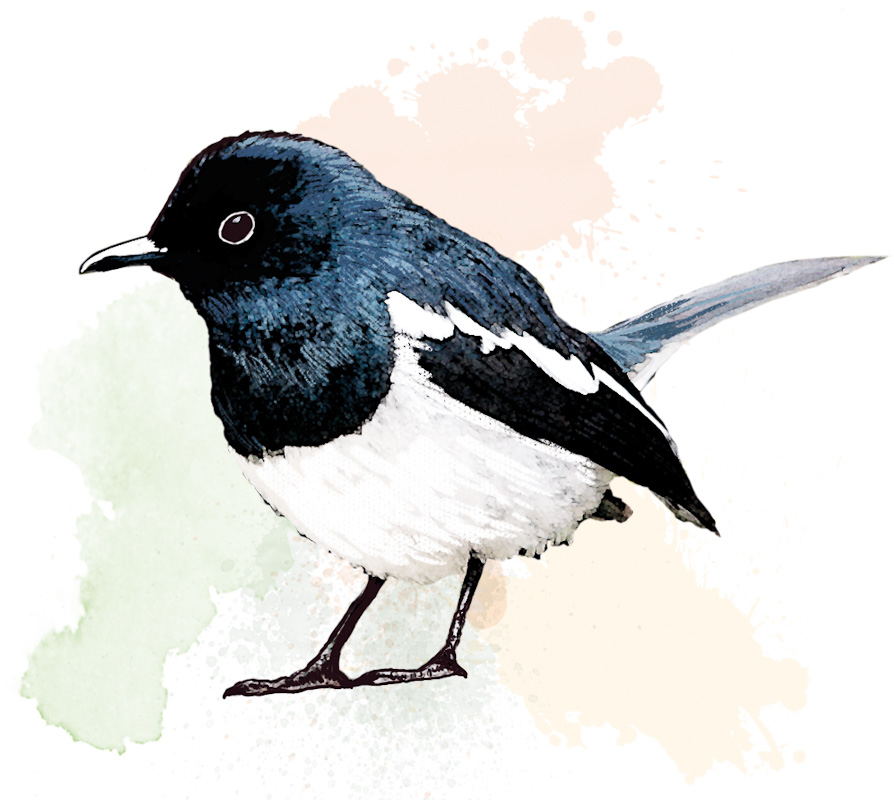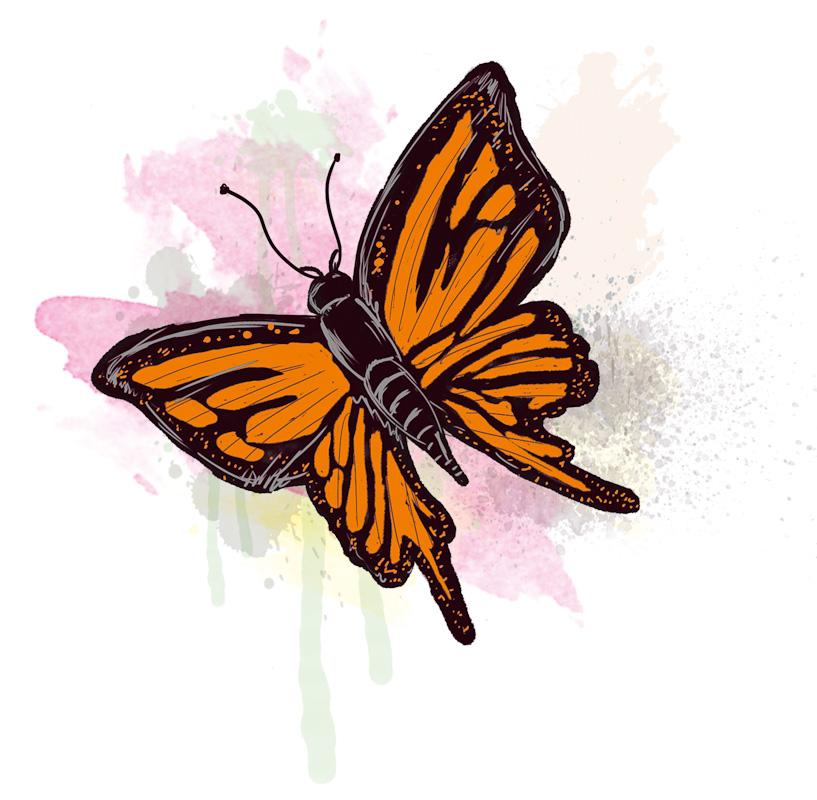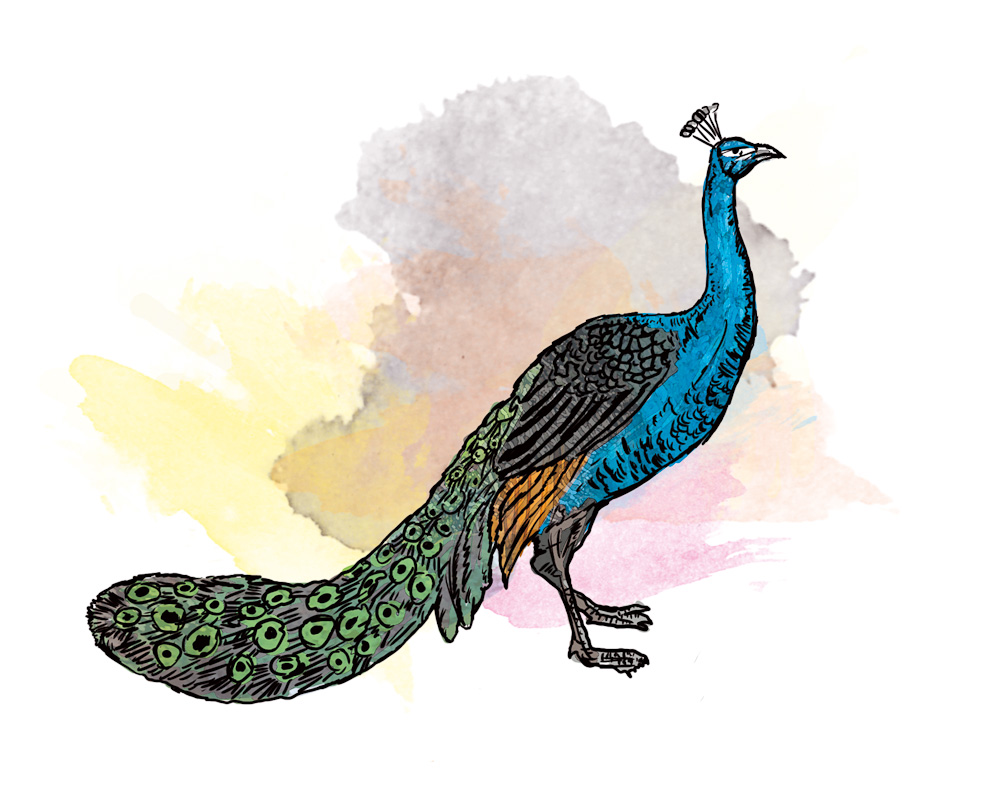Sentosa Growing Wild
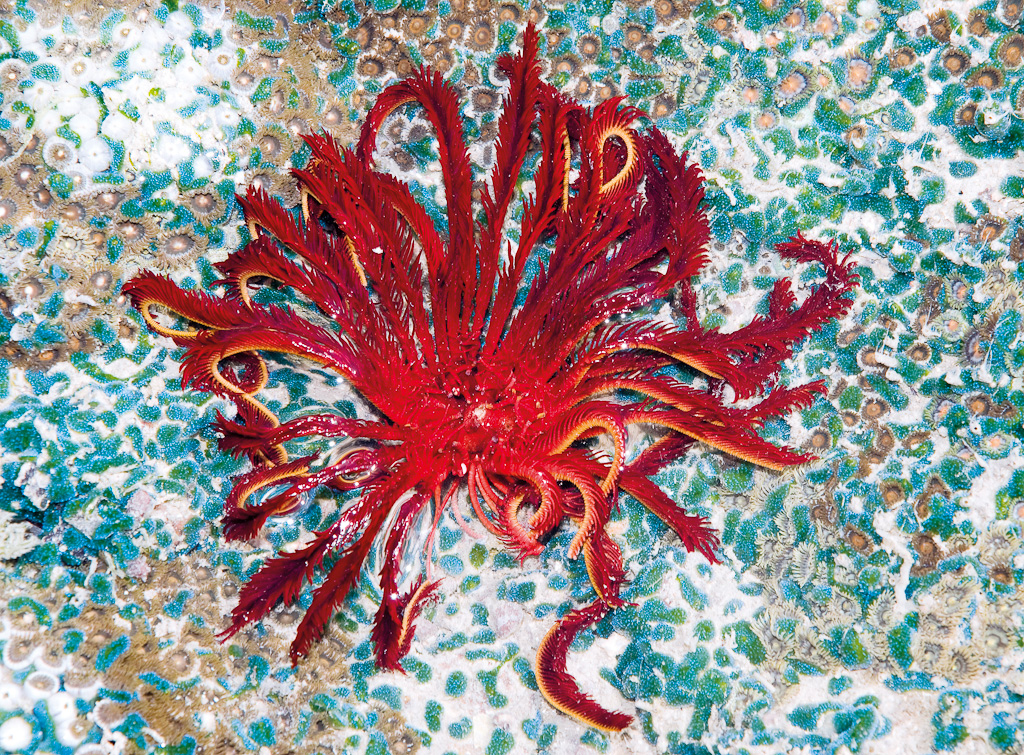
It is the usual beach party in Sentosa – volleyballs sail across the hot sand accompanied by thumping music from a nearby bar, while a tram ferries visitors along a paved road. But amid the human commotion, a squirrel scurries lithely in the tree branches and a peacock ‘poses’ for an intrigued crowd of Japanese tourists.
Even as tourism flourishes on Sentosa – it welcomed 9.2 million visitors in the first six months of 2011, up 18 per cent from the same period last year – so too do many of the island’s plant and animal species. This is partly thanks to a Sentosa Green Plan launched in late-2009. The plan is part of the Sentosa Leisure Group’s (SLG’s) sustainability efforts, says Mr Chan Mun Wei, Divisional Director of the Corporate Planning Division.
As land managers and administrators of the island, the Group has had to keep environmental concerns in mind as Sentosa’s charm lies in its greenery and nature reserves.

The dilemma of development

This has not been without challenges. Tourism upgrading has had its impact on the natural habitat. During the construction of the Sentosa Luge, for instance, a section of secondary forest had to be cleared to allow construction vehicles access, while the closure of the iconic monorail left the tracks and stations disused.
Mr Chan acknowledges the challenges. “From the economic perspective, increased visitorship is not a bad thing… but there is the dilemma that more people on the island increases environmental impact and our carbon footprint.” This underscores the importance of the Green Plan as it sets the framework to mitigate these pressures, he adds. It focuses on maintaining greenery and conserving biodiversity, testbedding green technologies, resource efficiency and recycling.
As an organisation, SLG makes the effort to cultivate environmental consciousness. “Our operations are spread out across more than 20 buildings, making it very hard to find economies of scale to install more efficient technologies,” Mr Chan says. “But we are trying to ensure that future larger buildings can attain a level of Green Mark certification.” Meanwhile, the different SLG units do their bit. The transport department has converted vehicles to use more efficient diesel engines and the golf club offices have installed LED lights.
Island reserve
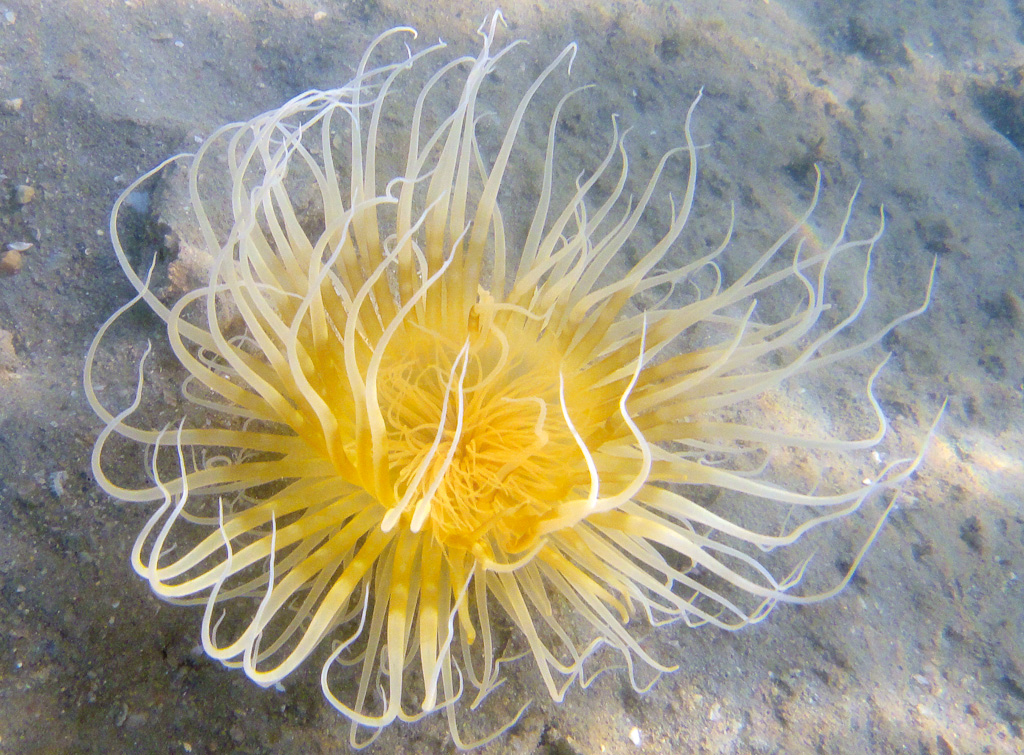
SLG is committed to maintaining at least 60 per cent ‘green and open’ areas on the island. This means island partners such as hotels and RWS must follow certain guidelines. At the Shangri-La’s Rasa Sentosa Resort, the driveway was designed around an existing Angsana tree – believed to be Singapore’s oldest. The Siloso Beach Resort was built to incorporate trees and terrain into its structure.
The development of Resorts World Sentosa (RWS) raised concerns among nature enthusiasts. While most of its complex was built on reclaimed land, Dr Shawn Lum, President of the Nature Society (Singapore), points out that the RWS site includes “a relatively large and very beautiful stand of mature coastal forest… One could argue that this… should never have been included in the Integrated Resort site in the first place, but it unfortunately was.”
Fortunately, plans to build a water theme park within the secondary coastal forest were shelved by RWS after consultation with nature enthusiasts. “The construction of the RWS complex may have disturbed birds or other animals that lived in the forest,” notes Dr Lum, “but the really amazing part was that the forest was essentially left as it had been.”
Hidden gems
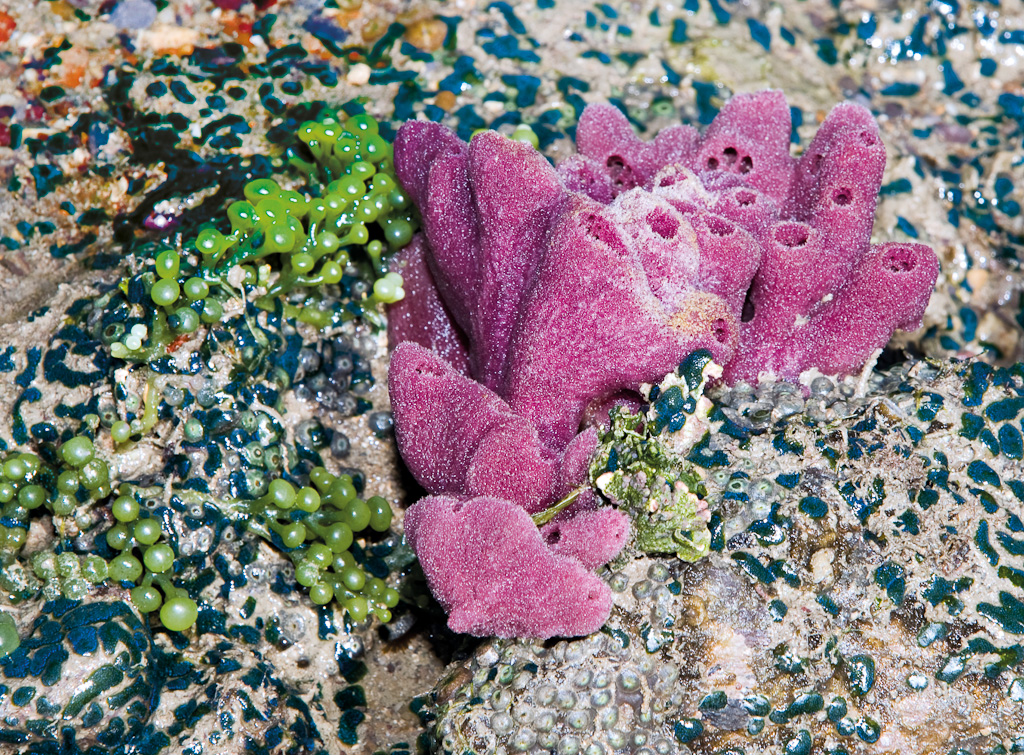
The island’s leafy residents – more than 55,000 trees and some 45 hectares of secondary forest – are cared for by an arborist and landscape department. In 2004, 31 trees were given protected heritage status, including three towering mahoganies at the Imbiah Lookout. These were painstakingly transplanted there to save them from being cut down.
A majestic Ficus tree – the subject of many a wedding photo and video – graces a corner of Sentosa golf course. A 2010 Nature Society Biodiversity Study revealed that the island’s forests are propagating naturally as a self-sustaining, balanced ecosystem.
It also revealed other hidden gems: of the 120 tree species on Sentosa, 46 are listed as threatened in the Singapore Red Data. One of these, the Aquilaria malaccensis is listed as globally and locally vulnerable. More amazing is that in two separate remote areas lie the last living specimens of Syzygium griffithii (a native flowering tree related to the jambu) and Fagraea ridleyi (a fig tree) – both listed as extinct on the Singapore mainland. Surprisingly, the reclamation of a portion of the Serapong golf course to include part of the sea for water features led to a healthy cluster of Bakau pasir – a rare species of mangrove tree – taking root in one of the golf ponds.
Sustainability drives

Other efforts include testbedding green technologies such as LED streetlamps and solar-powered LED cat’s eye road markers. According to Ms Lieow Shao Wei, Environmental Sustainability manager, the plan is to roll out more LED streetlamps in the future. SLG has installed solar panels on eight observation towers along various beaches.
Hiccups during trials are not unusual. A trial to test retrofitted electric vehicles saw the van break down at least twice but the data collected during the three-month period showed an average of 20 per cent savings in energy use.
Resource efficiency also means making compost and recycling wood scraps and logs for fences, decorative displays and benches. Areas cleared during development such as a section of the Dragon Trail have been reforested, while old Sentosa fixtures such as the once iconic monorail have been retrofitted as restaurants and shelters. On the Sentosa Nature Discovery tour, the monorail station serves as a starting point and part of the track forms the aerial boardwalk.
Next year, as Sentosa celebrates its 40th anniversary, it will embark on a new 10-year Sentosa Masterplan. This plan will integrate a strong environmental push to help Sentosa maintain its “60-40” green and open spaces versus development ratio, protect the two nature areas at Mt Serapong and Mt Imbiah, and cope with increased visitor numbers.
After all, adds Mr Chan, sustainability is part of the Sentosa DNA: “It is the unique selling proposition that sets it apart from other destinations.”
Sentosa is home to:
23% of Singapore’s bird species, including rare birds such as the Oriental Magpie Robin. This distinctive black-and-white bird became virtually extinct in Singapore by the late 1970s. Sentosa is one of the last three offshore islands to see the bird. Sentosa Nature Discovery has adopted the Magpie Robin as its mascot.
30% of Singapore’s butterfly species.
A bevy of some 80 free-roaming peafowl – thought to have originated from a pair of birds given to the island in the 1970s by a distinguished guest.
- POSTED ON
Nov 8, 2011
- TEXT BY
Sheralyn Tay




